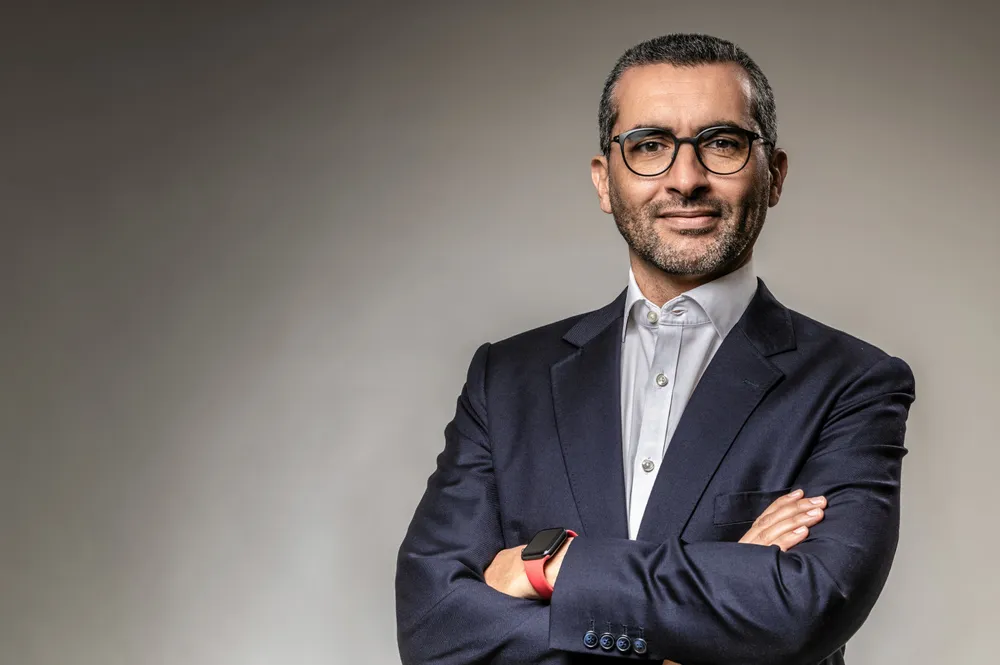Hedging strategy | 'Producing green hydrogen and ammonia protects us from volatile gas prices', says fertiliser giant
Moroccan state-owned company expects to produce H2 for $3/kg at Tarfaya project this decade

Moroccan state-owned fertiliser producer OCP plans to spend $7bn on building a one-million-tonne-a-year green ammonia facility by 2027 in Tarfaya, a coastal town in southern Morocco, that it will use for its own operations.
Morocco has no gas reserves with which the country can produce its own ammonia, and as such has had to depend on imports.
In 2021, a breakdown in relations with Algeria led to the neighbouring North African country cutting off its pipeline gas exports to Morocco, which has since had to fill in the gaps with more expensive LNG (liquefied natural gas) shipments. And globally, gas prices have been volatile since Russia’s invasion of Ukraine, with a knock-on increase in ammonia prices.
“Prices went from $1,200 per tonne last year to $300 beginning of this year, then $600 now, so they’re quite volatile,” El Fali explains.
OCP is one of the biggest fertiliser producers in the world, with the largest phosphate reserves, and produces two ammonia-derived fertilisers, di-ammonium phosphate (DAP) and mono-ammonium phosphate (MAP).
The Moroccan company is also planning to spend $1.5bn from its balance sheet to build a 200,000-tonne-per-year green ammonia pilot almost 1,000km away at its existing site beside the port of Jorf Lasfar, which is due to start up in 2026.
However, the cost of hydrogen production at this project is likely to be more expensive than the $3/kg targeted at Tarfaya.
Morocco more broadly targets a drastic reduction in the cost of hydrogen production to $1.50/kg by 2035.
Part of the optimism behind this cost target is due to extremely high renewable-energy potential towards Morocco’s south, given electricity input accounts for 60-75% of the levelised cost of hydrogen (LCOH).
El Fali notes that the onshore wind speed and consistency is “similar to offshore”, which combined with solar during the day could bring the load factor for electrolysers to 70-75%.
But given electrolyser capex accounts for 35-40% of the LCOH, does the $1.50/kg target mean that Moroccan state-owned developers will opt for the cheapest electrolysers on the market — ie, from China?
El Fali stresses that the main focus is on co-developing technology rather than buying equipment that can produce at the lowest costs today.
“We are very flexible in partnership model,” he says, citing collaborative research and development at the Mohammed VI Polytechnic University, equity investment via its venture capital fund, and technology co-development with industrial partners drawing on OCP’s background intellectual property.
However, while El Fali also raises that there is a risk of bottlenecks in supply, particularly for electrolysers, wind turbines and solar panels, and notes that some partnerships could involve localising equipment manufacturing, he is careful to add that this does not mean a local content requirement for any suppliers.
“We’ve seen that in certain other countries and regions and we don’t think really that’s the most efficient way to move ahead,” he says.
(Copyright)